Waking up the sleeping giants? The mission of URBACT 2nd Chance network
Edited on
09 October 2017Walking in the extremely densely built Montesanto Area in Naples visitors are shocked by the narrow streets in which people can hardly move between the parking and moving cars and motorcycles. Not only trees and green places are missing but all other types of open spaces: the residents of the area have to take long trips from their dense buildings and streets to find the first larger open public place.
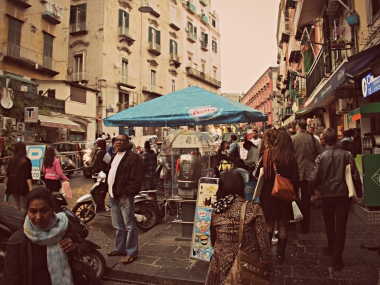
The impression that the area consists only of narrow streets and high and densely built buildings is, however, false. Crossing a gate (which was closed for many years) one can enter into a huge inner courtyard. This is the ex Convento delle Cappuccinelle, an enormous building complex (5300 sqm groundfloor size and having three floors) which was used as convent and youth detention centre. After staying empty for many years, the state transferred the huge building to the municipality. This building is a typical example of a ’sleeping giant’.
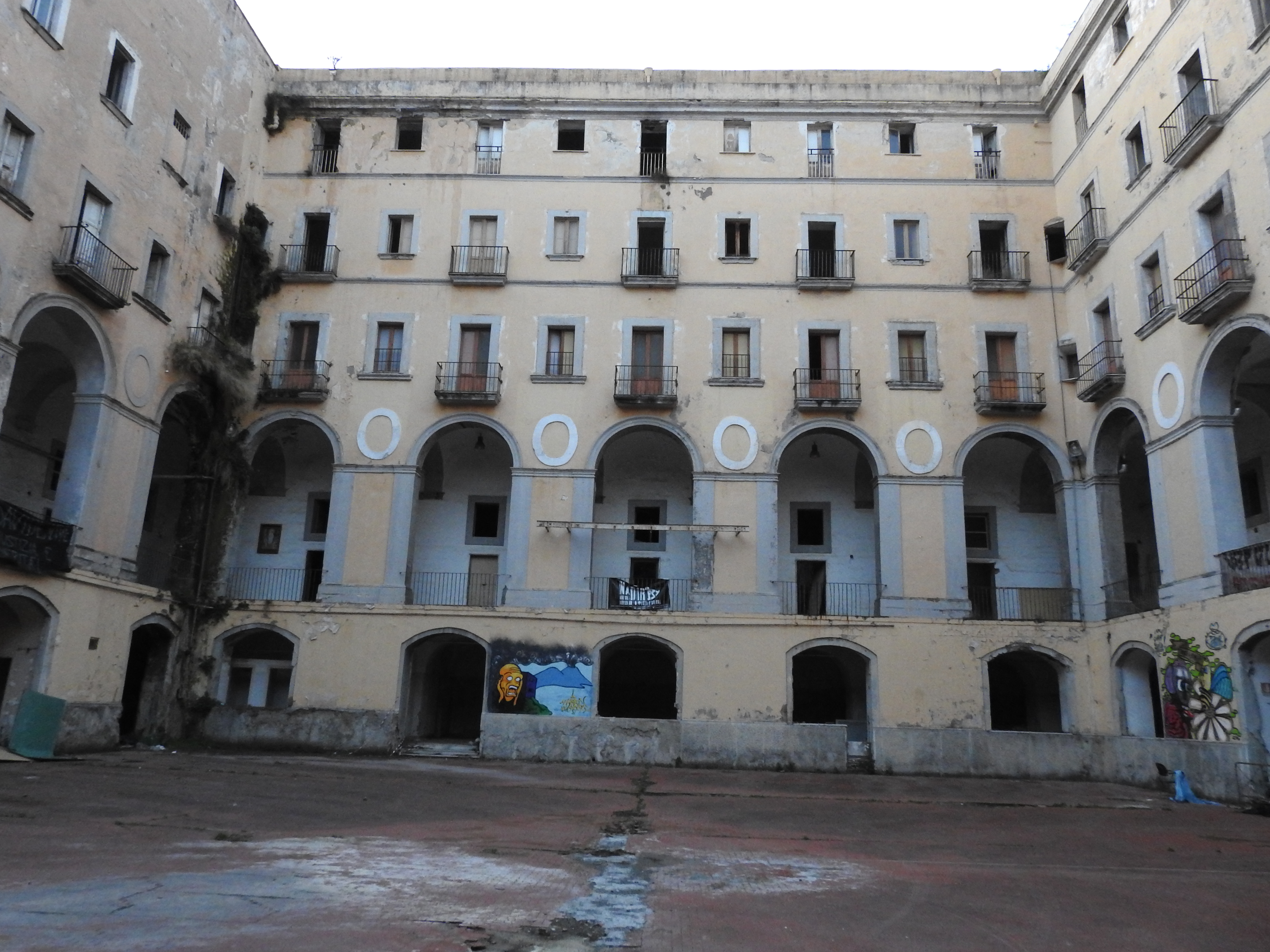
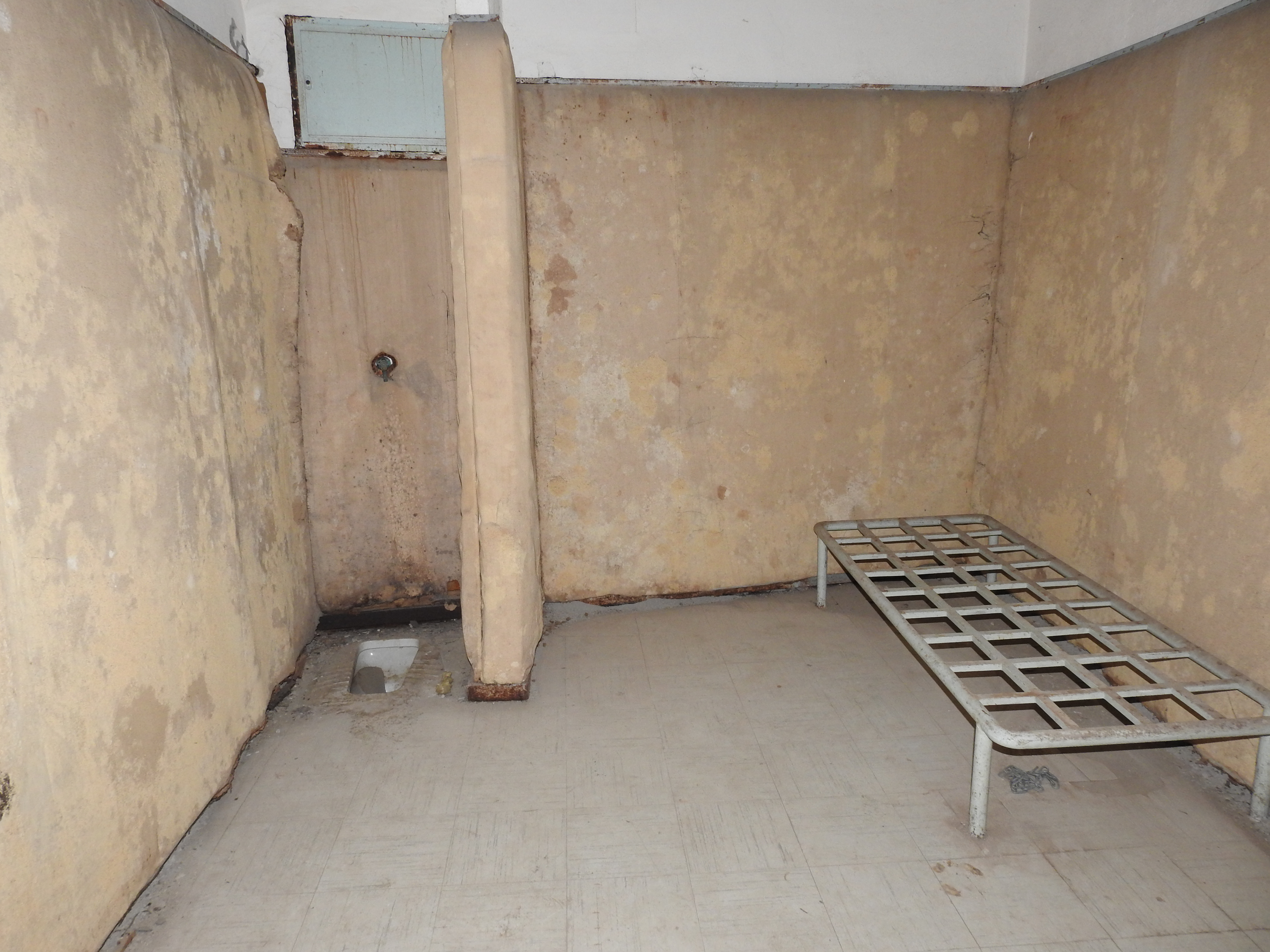
In the discussions about sustainable urban development the idea of compact cities is of major importance: new developments, in order to minimize their land-take, should be placed within the existing borders of the city and should be directed towards already developed but under-used areas and empty staying buildings. The URBACT Second Chance network deals with a very important part of this problematic, highlighted in the Baseline Study in the following way. The aim of the network is : (...) the reactivation of larger vacant buildings, building complexes or areas with many vacant buildings, that have lost their original purpose, are in decay and constitute in their current state a problem / challenge for the city and the property owner. At the same time these buildings present a unique opportunity for the sustainable urban development. As these buildings are vacant, they can provide space for needed functions and uses, which so far could not “find their place” in the city or in the neighbourhood … space for a variety of social, economic, ecological or cultural functions… the network is about reactivating these buildings and embedding the reactivation in the city / neighbourhood development context … to provide space in the buildings for functions and uses which are needed in the neighbourhood or in the city in general; to support strategic uses of the premises, which bring the interests of the property owner together with the public interest (i.e. interest of the community; notion of common goods). Second Chance Baseline study
Thus the Second Chance network aims to narrow down of the broad issue of sustainability and re-using existing urban areas along the following lines:
- concentrating on the reactivation of vacant larger buildings, building complexes or areas with large number of vacant buildings (excluding in this way the other main form of underused areas, the empty brownfield areas)
- focusing on those types of re-activation of the empty or underused large buildings which serve strategic goals of the city (excluding in this way those approaches which intend to activate the private sector towards market-type interventions).
The two limitations make the general topic of sustainable urban development much more precise for the purpose of the network exploration, without compromising its importance. This can be proved by two examples below, first illustrating the importance of the argument to re-use existing buildings instead of erecting new buildings on green-fields, second highlighting the crucial aspect of serving public interests with the interventions.
a) Re-using existing buildings instead of erecting new buildings on green-fields: the case of Budapest
One of the ongoing ‘hot topics’ in Budapest is the issue of a new Museum Quarter. This idea comes from the central government which wants to erect new museum buildings in the largest park of Budapest, in a green areas of the City-Park (Városliget). The idea evoked hefty criticism from the side of architects, urban planners and also the majority of citizens. Not going into the political aspects of the matter, one of the important counter-arguments is that there are many empty and deteriorating large buildings all over Budapest which could easily accommodate museum functions, instead of concentrating new museums into one (green) area of the city. The urban effects of such a museum development programme would be much larger if dispersing the new museums into sleeping giants in different parts of the city where they could awake also the surrounding areas[1].

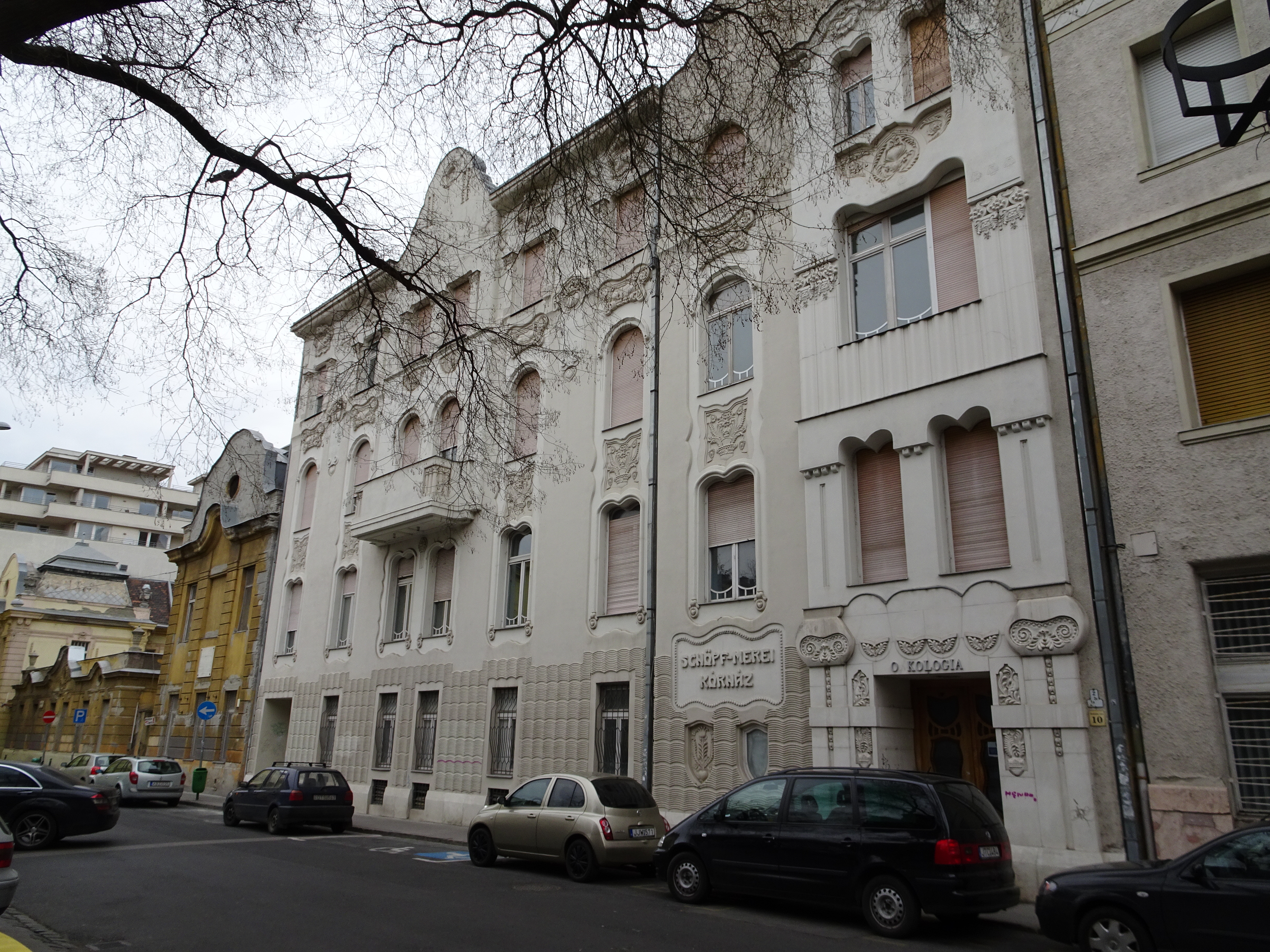
b) Serving public interests with the interventions instead of boosting market responses: the case of Brussels
In the European Quarter of Brussels 11% of the office buildings stays empty. The usual, market-oriented redevelopment of such buildings would result in another office building, further increasing the mono-use (only administrative and office buildings) character of the area. The Brussels case study of the Second Chance project is a highly degraded office building of the 1960s which stays empty since 2004. The building is owned by the State Building Authority, which wants to sell the building as it does not meet any more the office standards of today (due to the too low ceilings). The City of Brussels wants to intervene and use the building as a first step to handle the main problem of the European Quarter, the lack of attractiveness. Their idea is the rehabilitation of the building to turn it into mixed use: in the short term to create innovative creative and temporary uses for the inhabitants, daily users and visitors of the European Quarter. In the long term - introducing residential, social, commercial and cultural functions. In that way the fate of the building would be determined on the basis of the common interests in the area, not by the market/capital (Second Chance Baseline study).


In the course of finalizing the partnership of the Second Chance network each of the partner cities had to designate their case-study buildings. At first sight three different types of cases can be identified:
- large empty buildings in dense urban areas (Genova, Naples)
- exceptionally large industrial buildings (Chemnitz, Gijon, Lublin, Maribor)
- areas with many empty buildings (Brussels, Caen, Porto)
The cases of Dubrovnik and Liverpool (the two other partners in the network) cannot be classified easily into the categories above.
The rehabilitation of the sleeping giants towards new uses, which are in the interest of the public, is not at all easy. It is not only the enormous size of the buildings which causes difficulties but many other financial and legal problems, but also the hard task to involve many types of stakeholders which all have different interests. The Second Chance network aims to deal with the following mayor issues:
- re-use (embed into the local neighbourhood development context);
- feasibility studies (physical and economic adaptability of the property to new uses);
- engagement of different stakeholders for the re-use;
- development of appropriate strategy, instruments and process for the reactivation of the property .
The Lead Partner of the network and the initiator of the idea is the city of Naples. The problem of large empty buildings (predominantly owned by the public sector) became more and more serious in the 2000s, when the Italian State transferred the ownership of increasing number of large building complexes to the municipalities while at the same time the crisis has hit heavily the local government sector making financing of regeneration of buildings even more difficult than before.
Linked with the emerging poverty of the local people due to the economic crisis, many of these abandoned buildings have been squatted. Bottom-up initiative groups (dominated by young people) took over many of such empty buildings with the aim to use them for social-cultural purposes. In their opinion the large heritage buildings are public goods, not owned by the city council but by the population.
The municipal government discovered very soon that instead of calling the occupation as illegal and pushing out the occupants, it is a better strategy to support the occupant social groups in their efforts to achieve the desirable social and ecological tasks and in their promises of a long-term benefit for the neighbourhoods also in financial terms.
 Thus since the early 2010s Naples developed step by step a new framework for a special type of governance, allowing the possibility to "adopt" large vacant buildings by organized groups of citizens, with the aim to experiment complex uses and new management strategies. The different steps of this new legislation can be summarized (on the basis of the Baseline Study) as follows. First the city introduced the category of “common goods” into the City’s statute, followed by establishing the institution of a City Councillor with a specific mandate on Common Goods. Also an administrative act was passed in 2013 about the “Principles for the government and management of the Common Goods in the city of Naples”. As a next step a “Permanent Observatory on Common Goods” has been introduced in order to identify the characteristics and to make a list of the “common goods” in Naples, and to regulate their management and use by the civil society.
Thus since the early 2010s Naples developed step by step a new framework for a special type of governance, allowing the possibility to "adopt" large vacant buildings by organized groups of citizens, with the aim to experiment complex uses and new management strategies. The different steps of this new legislation can be summarized (on the basis of the Baseline Study) as follows. First the city introduced the category of “common goods” into the City’s statute, followed by establishing the institution of a City Councillor with a specific mandate on Common Goods. Also an administrative act was passed in 2013 about the “Principles for the government and management of the Common Goods in the city of Naples”. As a next step a “Permanent Observatory on Common Goods” has been introduced in order to identify the characteristics and to make a list of the “common goods” in Naples, and to regulate their management and use by the civil society.
The essence of the new approach is that vacant large buildings are considered as opportunities in Naples for starting new urban regeneration processes. The downgraded and vacant buildings, considered as common goods, should be regenerated according to the people’s and neighbourhood needs to such new functions as e.g. affordable housing, socio-cultural services, space for start-ups, cultural activities, etc.
The case of Naples is extremely interesting as an emerging innovative governance answer on social practices which opposed the existing regulation. The collaboration between the bottom-up ideas and the top-down reactions has partially succeeded to change the earlier regulation, building up a new legal framework and developing the new rules of common use.
Coming back to our initial example, the enormous building of the ex Convento delle Cappuccinelle (closed in 2007 and partly renovated in 2011 from EU funds) has also been occupied by a group. The members of this group have both political and social motivation: in the very dense neighbourhood, without any public spaces, they want to call the attention of the residents on the opportunities of the large empty buildings. The group wants to make the neighbours conscious that something can be done to make the life better in the area.
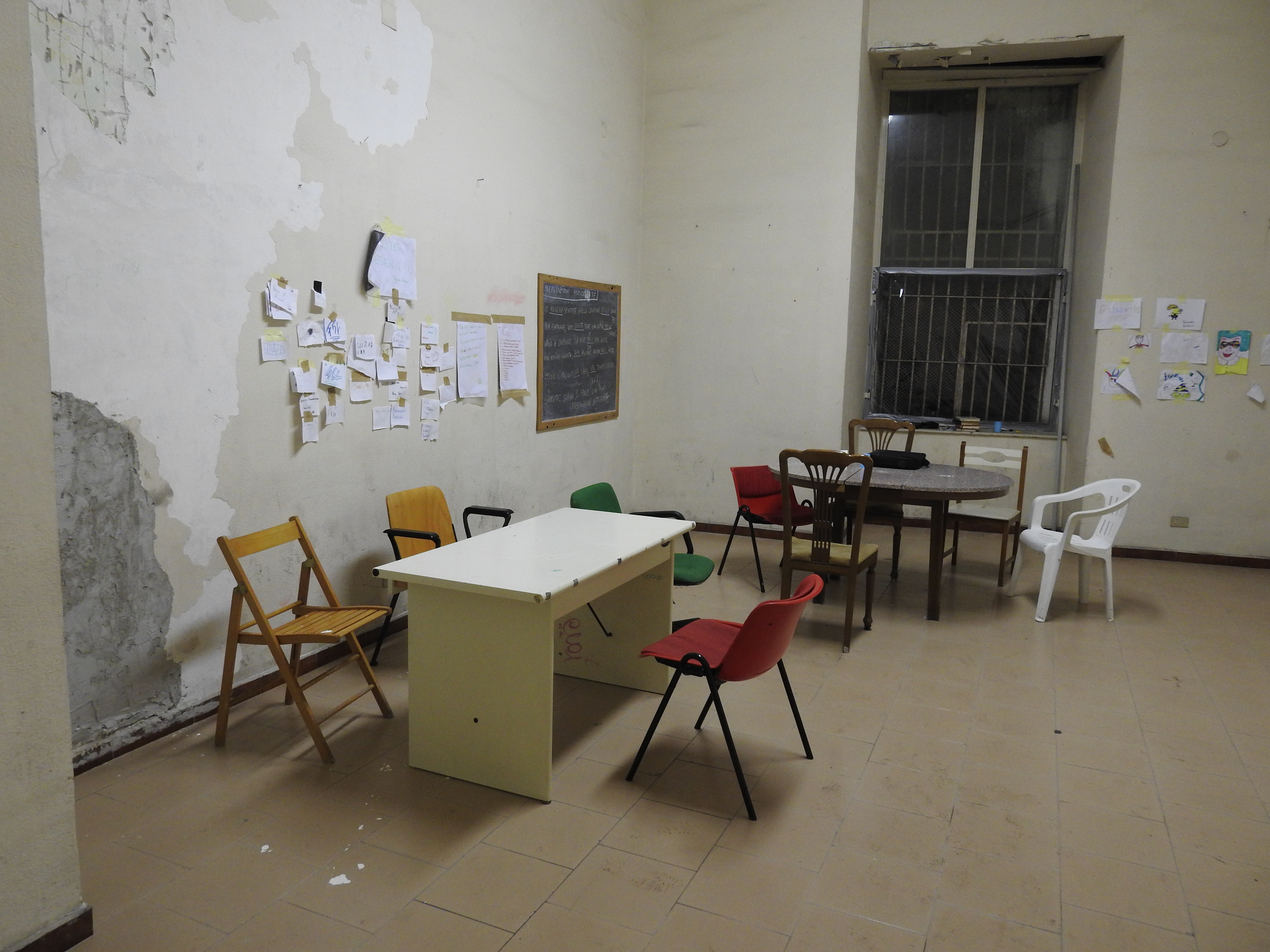
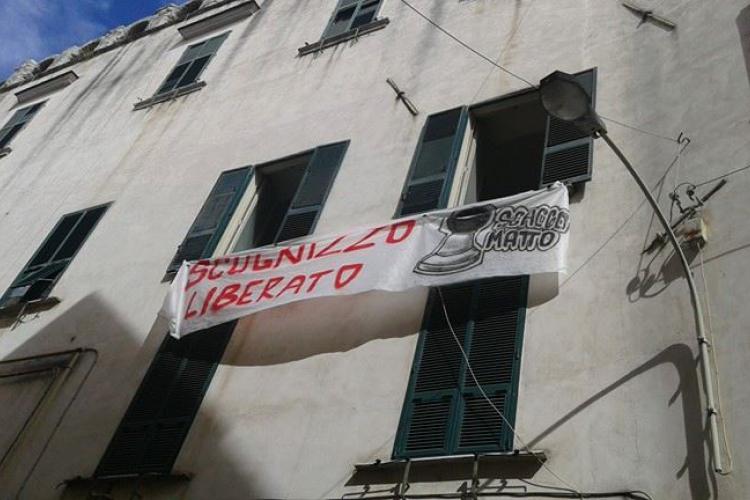
At first sight, sleeping giants seem to be enormous problems. The Naples example and the Second Chance network, however, shows that these giants offer huge opportunities if active bottom-up efforts are met with innovative public sector answers and in this way new options are developed in the common interest of the citizens and the public sector.
[1] Besides the official government press supporting the idea there are only few ’critical’ analyses available in English about the planned Museum Quarter programme. Some of these are the following, exposed in the New York times and in the Budapestbeacon here and here.
Credits photos Second Chance Network and Ivan Tosics.
 Submitted by ivan.tosics on
Submitted by ivan.tosics on




